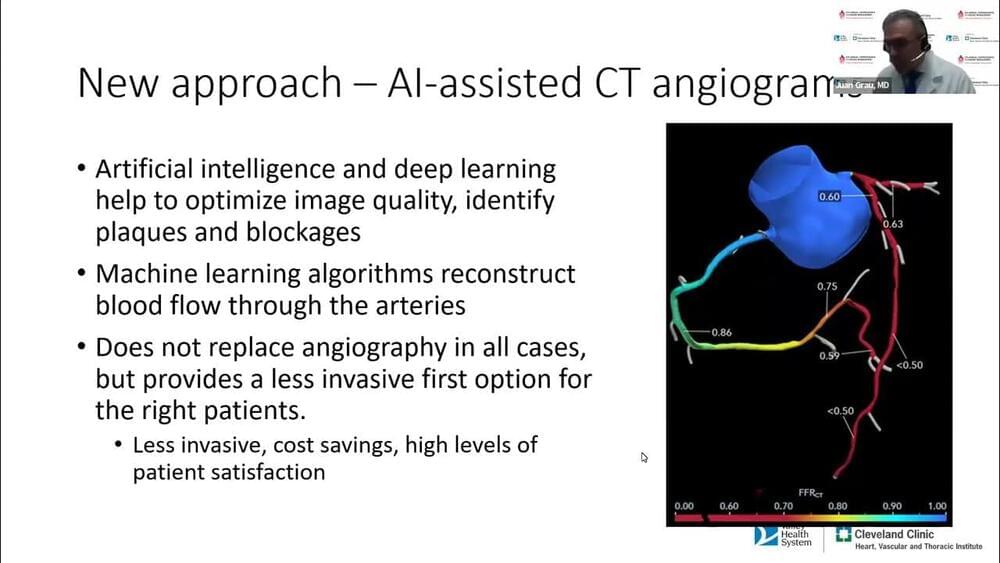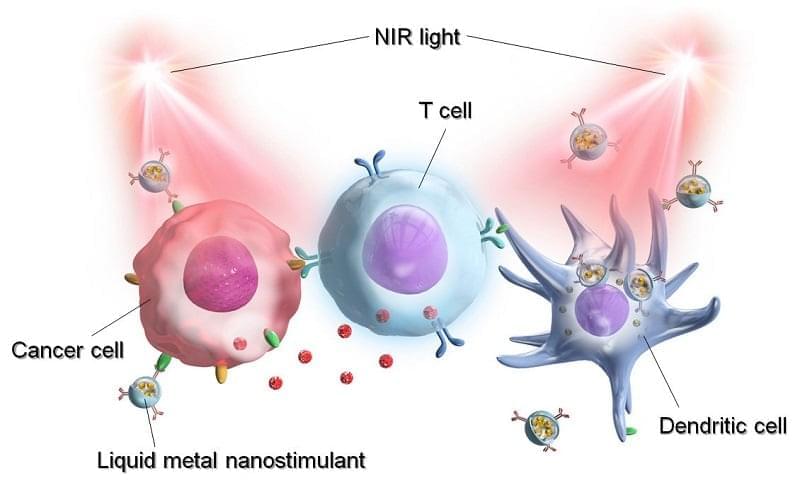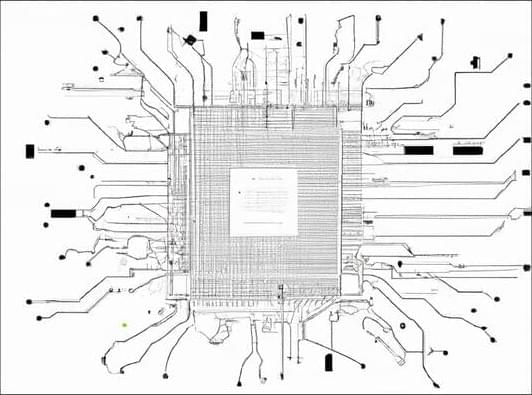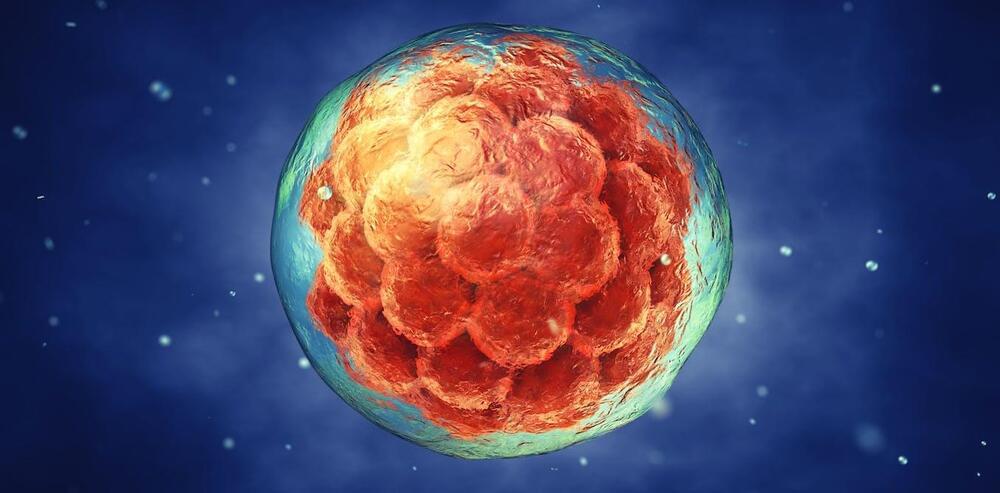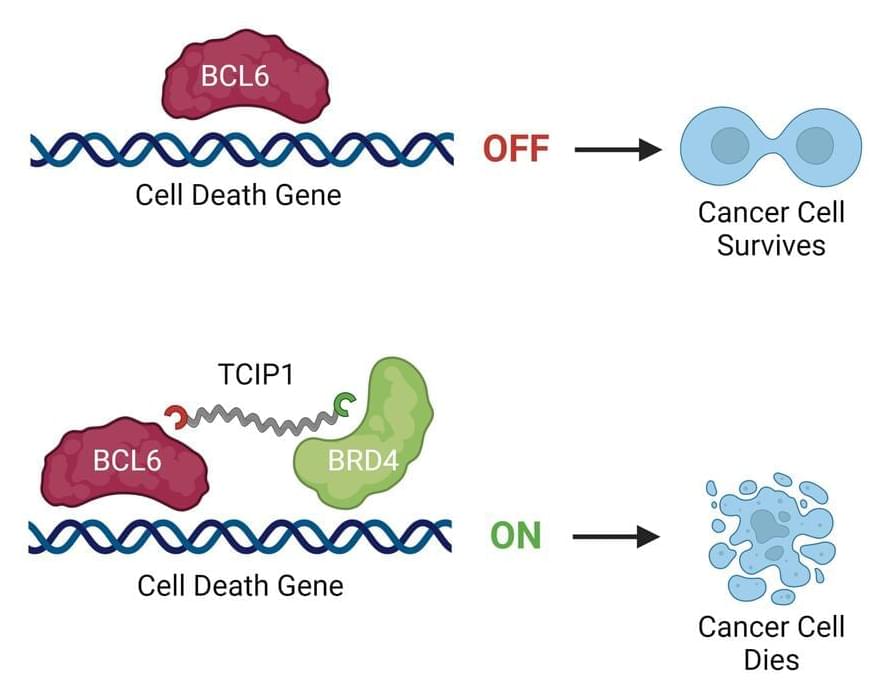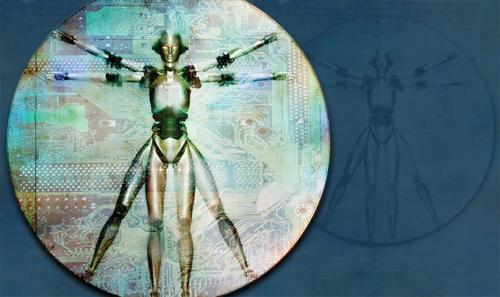“In particular, the wind turbine sector uses very large quantities of a rare earth magnet that’s an alloy of neodymium, iron and boron (NdFeB). These NdFeB magnets are critical components used in PMSGs (Permanent Magnet Synchronous Generator) in larger onshore and offshore wind turbines”.
Extracting the rare earth magnets from end-of-life wind turbines and enabling their use in new wind turbines, both onshore and offshore
Named Re-Rewind, the partnership, partly funded by Innovate UK, aims to establish the UK’s first circular supply chain for the rare earth magnets used in wind turbines.
“From high-quality construction steel, copper and other metals to a range of rare earth elements (such as praseodymium and dysprosium), modern wind turbines contain a wealth of materials which, if they cannot be sourced from recycled channels, must be mined, leading to increased environmental impacts and resource scarcity”, the newly created partnership states.

